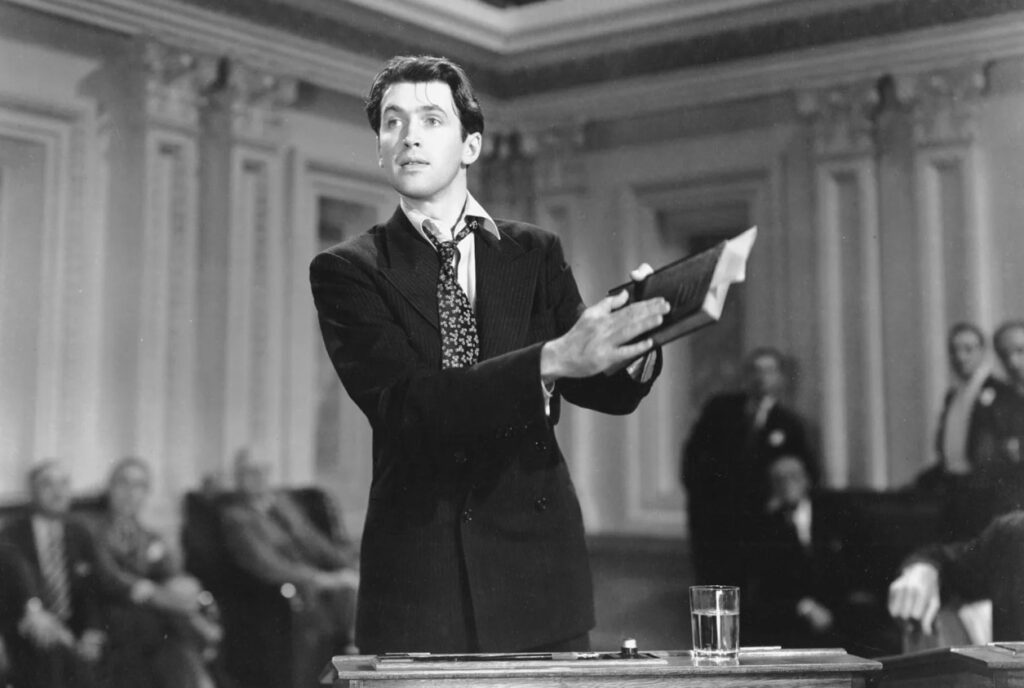Pathos is a key aspect of any rhetorician’s approach to their oratory. If you are writing a speech in your novel or working on a monologue for the stage, pathos will certainly come in handy. In this article, I will discuss what pathos is, how it has been used, and at the end I will give you a story weapon to harness this persuasive power for your own characters.
Here we’ll explore pathos, the emotional appeal in rhetoric that persuades audiences by stirring feelings such as pity, anger, or empathy. We’ll take a look at how pathos operates in speeches, literature, and storytelling, and I’ll offer guidance on how you can use it to create deeper emotional resonance and connect readers to the characters’ struggles.
What is pathos?
We’ll start with the origin of the term, then touch on how it includes more than its traditional definition. Pathos is the element in works of art that evokes pity or compassion. Traditionally, it is used to persuade an audience or reader by pulling on their emotions.
The term comes from the Greek roots of modern Western culture. In Aristotle’s Rhetoric, he discusses pathos as one of the three means of persuasion. Those include ethos (the appeal to the speaker’s character), logos (the appeal to logic), and pathos (the appeal to emotion).
Examples of pathos in our lives
“Beyoncé and pathos are strangers. Amy Winehouse and pathos are flatmates, and you should see the kitchen.”
– Clive James
To get a better understanding of pathos and how you can use it to your — or your character’s — advantage, let’s see how it looks in action.
The head vs the heart
We’re all familiar with the emotional appeal used in politics. In the language employed by either side of an issue, there’s an attempt to tug on our heart strings. To convince someone of a point, you have to win both their heart and their mind.
By winning their mind (using logos) you bring them to a logical conclusion that your side is right. But it’s by winning their heart that people move into action.
When people are debating the issue of abortion, for example, they don’t do it in clinical terms. It’s a highly emotional issue and all public rhetoric surrounding it plays on those emotions. Some people are pro-life because they believe that abortion is killing babies. By framing their views in that framework, they cast guilt on those who oppose them. Some are pro-choice, on the other hand, because they believe that legislating on the issue is taking away the rights of women. It’s this sort of language that brings people out to protests and the ballot box.
Political leaders make use of pathos in their speeches, rousing their audience to take action. In one of the most famous pieces of rhetoric, Dr. King uses it in his “I Have a Dream” speech to drive his point home. The text is full of all sorts of rhetorical devices, but it’s the pathos we remember. Take this line, for example:
I have a dream that one day, down in Alabama, with its vicious racists, with its governor having his lips dripping with the words of “interposition” and “nullification”—one day right there in Alabama little black boys and black girls will be able to join hands with little white boys and white girls as sisters and brothers.
By contrasting the image of the Alabama governor practically foaming at the mouth to espouse racist opinions with the image of innocent children coming together, Dr. King draws in our minds a vivid image that elicits a sympathetic response.

How to use pathos in your writing
Garner sympathy
Pathos is such a common tool in rhetoric that the term is used nowadays to refer to the feeling of sympathetic pity itself, though it was originally intended to mean the way in which you arouse that sympathy. It’s used like this by Vladimir Nabokov in his novel, The Real Life of Sebastian Knight, in the line:
I cannot help feeling there is something essentially wrong about love. Friends may quarrel or drift apart, close relations too, but there is not this pang, this pathos, this fatality which clings to love. Friendship never has that doomed look. Why, what is the matter? I have not stopped loving you, but because I cannot go on kissing your dim dear face, we must part, we must part.
When appealing to emotions in your own writing, whether that be a piece of rhetoric in a fictional story or a speech for a live audience, think about when and why you want to rouse people’s sympathies.
Tap into a range of emotions
There are, of course, various moods that the writer can evoke in an audience, including anger, sympathy, excitement, and curiosity. Some works may swing through all of these emotions and more in one speech. A balanced piece uses its tools sparingly. When we read a stirring persuasive speech, we’re enamored by the mix of colors. It rouses our anger and our sympathy, then our curiosity. Hopefully by the end, we’re satisfied by the sequence of emotions that have been evoked.

A tool for both protagonists and antagonists
As you’re deciding when to make your reader feel which emotion, remember that pathos can be used regardless of the argument. Your story’s villains can use pathos just as well as your heroes can.
In another of Nabokov’s novels, Lolita, he uses pathos constantly to make the audience feel empathy for Humbert Humbert, the pedophile protagonist at the center of the story. That’s part of what has made that book last in the way it has. Nabokov evokes a cocktail of emotions — our disgust, our pity, then our disgust at our pity, and so on, that may keep readers drunk on his words for generations to come. The choice of when to use pathos is what makes a work interesting.
Your story weapon: 3 key ingredients
Pathos can become an exciting tool in your toolbox as you continue to write. It’s a gift to be able to convey your emotions on the page and evoke in your reader what you feel in yourself. The irony is that when you attempt to evoke pathos, you often do the opposite. In other words, you cannot insist that your reader feel sorry for a character.
You must find a way to dramatize your character’s situation in a compelling way that demonstrates their worthiness of our sympathies.
To accomplish this, think in terms of 3 key ingredients in your scene.
- What does my character want?
- What is their obstacle?
- How is it urgent?
By relating to their urgent wants, and identifying the obstacles standing in their way, your reader will tap into that pathos and feel emotionally invested in your character’s struggle to fulfill their goal.
Have you mastered the art of persuasion? Learn more about the writing process in one of my workshops — The 90-Day Novel, The 90-Day Memoir, Story Day






